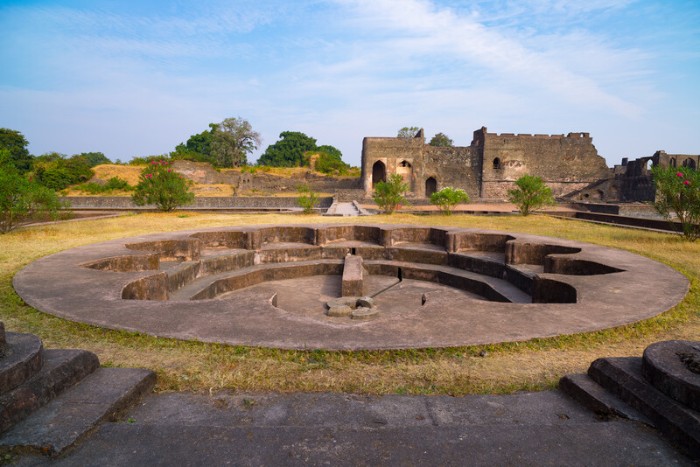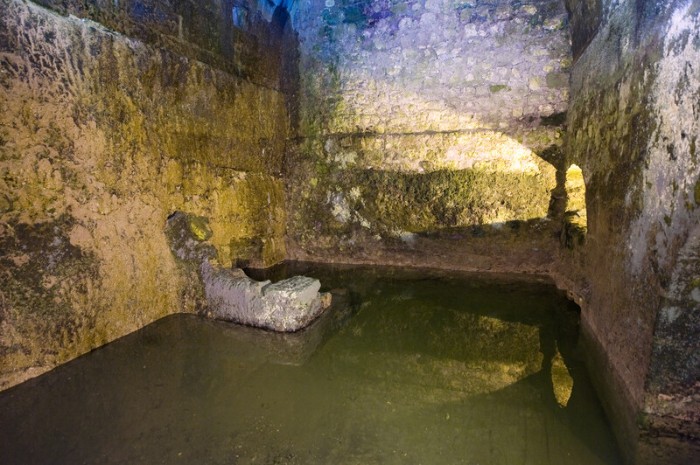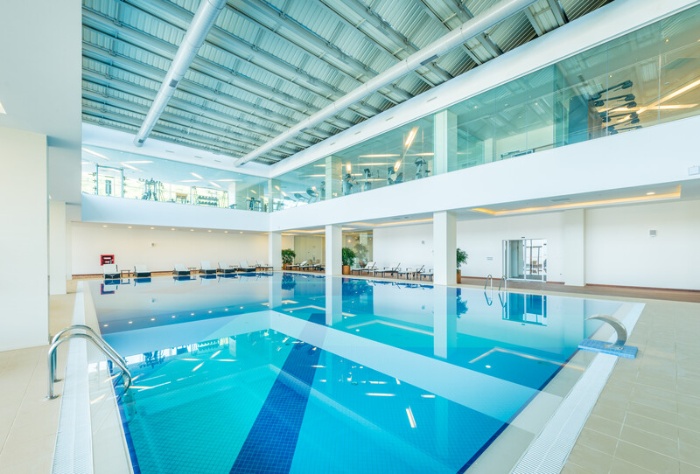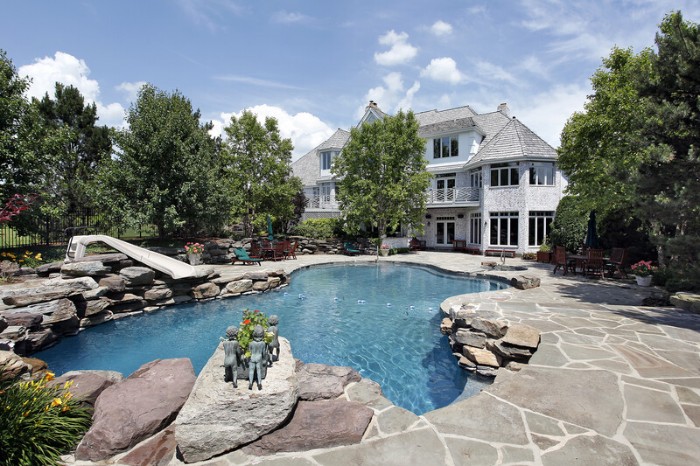Swimming pools have seamlessly woven into the fabric of modern life, tantalizing us with promises of relaxation, exercise, and entertainment. But have you ever wondered about the history of pools? How have pools, which had their humble beginnings in the 19th century, evolved into the technological marvels of the 21st century?

History of Swimming Pools – Through the Ages
Humans have been building pools for thousands of years. The oldest pool is the Great Bath uncovered in Mohenjo-Daro, Pakistan. The Great Bath dates back to roughly 2600 BCE.
Although the Great Bath was most likely used for religious ceremonies and purposes, it was a precursor to the swimming pools that developed later. Bathhouses began popping up in ancient civilizations all over the globe. Over time, the designs of these great baths evolved, becoming luxurious and ornate.
The Great Bath was not used for recreational swimming, but that does not mean other ancient cultures did not swim recreationally. Evidence found painted on walls in a cave in Egypt tells us that ancient people did partake in recreational swimming. The cave paintings depict images of ancient Egyptians swimming, the first occurrence in history.

The first pools built for swimming in them, rather than bathing or performing religious ceremonies, are found in Ancient Rome and Greece.
It was not until the 19th century that the concept of a dedicated swimming pool as we know it today began to take shape. A swimming pool transformed into an emblem of affluence, representing prosperity for individuals and organizations.
800 to 600 BCE.
The first swimming pools to resemble our modern pools appear in the historical record in roughly 800 BCE. The ancient Romans and the ancient Greeks built and used large swimming pools as part of athletic education for boys. The ancient Greeks built their pools in open-air gymnasiums called Palaestrae’s.
When Were Heated Pools Invented?
A wealthy Roman named Gaius Maecenas was the first to invent a heated swimming pool. A trend developed, and soon, heated swimming baths were found throughout the Roman Empire.
Ancient pools were heated using furnaces and giant fires. Some of these giant fires were located in basements below the pools.

These early pools were impressive, with one built in 305 BCE measuring 900,000 square feet!
75 CE
In 75 CE, the Romans exported their impressive heated swimming pools to Britain. Here, they built remarkable pools heated through the clever use of hot springs, aqueducts, and furnaces, the most famous of which can be found in Bath.
These ancient pools were branded as ‘religious spas,’ meant to encourage healing and a place where religious ceremonies could be performed. Swimming was also part of the spa experience. From 75 CE, swimming, and therefore, swimming pools, began to grow in popularity. It was not until the mid-19th century, however, recreational swimming took off.
19th Century
Up until the 19th Century, swimming was not a popular pastime. This changed when 6 swimming pools opened in London, England, each with diving boards. It was not long before swimming took on a competitive edge, fuelled by the Olympics of 1896, where swimming races took place.
In the parts of the world that enjoy a warmer climate, outdoor swimming pools began to grow in popularity. Soon, swimming pools could be found in Australia.
20th Century

As the 20th Century dawned, swimming pool construction took a significant leap forward with the advent of reinforced concrete technology. Swimming pools also became far easier to clean and much more hygienic with the advent of filtration systems and chlorination in the early 1900s. Before this, swimming pools were cleaned using sand filters, emptying all the water, and refilling it.
By 1906, swimming was such a popular leisure activity that the first swimming pool was installed on a cruise liner. A year later, above-ground swimming pools began to be constructed, one of the first of which can be found in Philadelphia in the United States.
Pool technology advanced significantly throughout the 20th century with the invention of fiberglass and vinyl, making them cheaper, more accessible, and more customizable than ever before.
It was not until the post-World War II economy that people began installing pools in their backyards. Pool designs of the 19th Century were primarily rectangular and had diving boards, with kidney-shaped pools becoming more popular in the 1960s and 70s.
In addition to kidney-shaped pools, artificial rock features became popular in backyard pools, and later, pools with natural finishes took center stage. As technology advanced, more elaborate designs became possible towards the end of the century.
The History of Pools in the United States
The first public swimming pool in the United States opened in Boston in 1868, although it was more of a bathing house. The pool was built in an area where most residents could not afford to install baths in their homes.
It was not until 1910, with the invention of gunite, that revolutionized swimming pools. Gunite allowed for flexible pool designs and faster installations. After World War II, swimming pools became a symbol of wealth and status, made popular by the movies of the time.
Around this time, further technological advancements were made, and the swimming pool industry in the United States grew exponentially. In 1947, kits came out, allowing people to build above-ground pools in less than a day.
Like elsewhere, the early pool designs found in America featured rectangular pools or lap pools. The first vanishing pool, or infinity pool, was designed and installed in the United States in the 1960s, although it did not become popular until the 1980s when technology advanced.
The Modern Swimming Pool – 21st Century & Beyond

The 21st century has witnessed significant technological advancements in swimming pool design and maintenance. Automated pool cleaning systems, energy-efficient filtration, and smart pool controls have made ownership more convenient and eco-friendly.
Modern swimming pools continue to be made from vinyl, fiberglass, and concrete, and contemporary pool design has pushed the boundaries of architectural creativity. So many design options are available today that offer breathtaking aesthetics and elevate the swimming experience.

